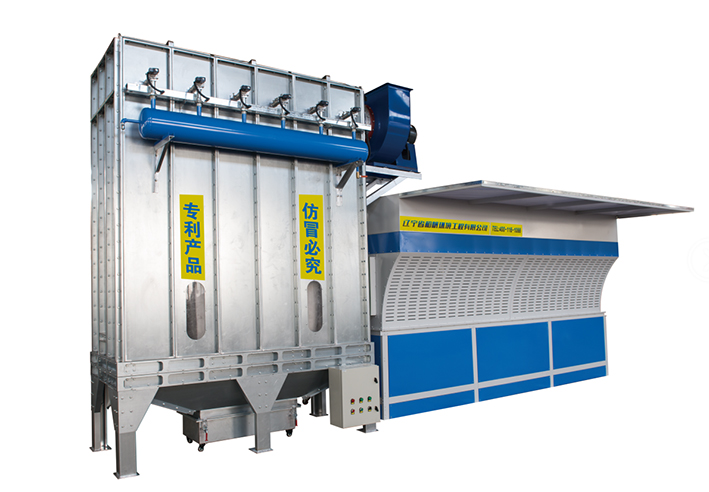Products
Industrial dust classification
Origin:Hefan Hit: Time:2020-02-29
1: Classification by material composition Dust by material composition can be organic dust, inorganic dust, mixed dust. Organic dust includes plant dust, animal dust, and processed organic dust; inorganic dust includes live mineral dust, metal dust, and processed inorganic dust.

2: Classification by particle size According to the size of the dust particles or the degree of visibility under the microscope, dust can be divided into: coarse dust, with a particle size greater than 40 μm, which is equivalent to the smallest particle size of general screening; fine, with a particle size of 10 to 40 μm, in bright light It can be seen with the naked eye; microscopic dust, with a particle size of 0.25 ~ 10μm, can be observed with an optical microscope; submicroscopic dust, with a particle size of less than 0.25μm, can be observed with an electron microscope. The different positions of powders with different diameters in the respiratory organs are different. They are divided into: inhalable dust can be inhaled into the respiratory organs, dust with a diameter of about 10 μm, fine dust with a diameter of less than 2.5 μm, and fine dust can Settles in the human alveoli.
Three: The dust of different shapes can be divided into:
①Three-way equal-length particles, that is, particles with the same or similar length, width, and height, such as regular polygons and other irregularly shaped particles close to it;
②Flake-shaped particles, that is, the length in two directions is much longer than that in the third direction, such as flaky and scaly particles;
③Fiber-shaped particles, that is, particles that are much longer in one direction, such as columnar, needle-shaped, and fiber particles;
④ Spherical particles with a circular or oval shape.
Four: According to the physical and chemical characteristics, the dust can be distinguished from different properties by its wetness, viscosity, combustion explosiveness, electrical conductivity, and fluidity. For example, according to the wettability of the dust, it is divided into hydrophilic dust with a wetting angle of less than 90 ° and hydrophobic dust with a wetting angle of more than 90 °. According to the viscosity of the dust, it is divided into non-sticky dust with a breaking force of less than 60Pa, 60 ~ 300Pa. Micro sticky dust, 300 ~ 600Pa medium sticky dust, sticky dust larger than 600Pa; classified as flammable, explosive dust and general dust according to dust burning and explosiveness; according to powder fluidity, it can be divided into rest angles less than 30 ° Dust with good fluidity, medium-flowing dust with a repose angle of 30 ° ~ 45 ° and dust with poor fluidity with a repose angle of more than 45 °; it can be divided into dusts with a size greater than 1011 · cm according to the conductivity of the dust and the difficulty of electrostatic dust removal. High specific resistance dust, medium specific resistance dust from 104 to 101 cm, and low specific resistance dust less than 1042 · cm.
Five: Other classifications include productive dust and atmospheric dust, fibrous dust and granular dust, primary dust and secondary dust. Process classification is divided into natural dust, artificial dust and industrial dust.


